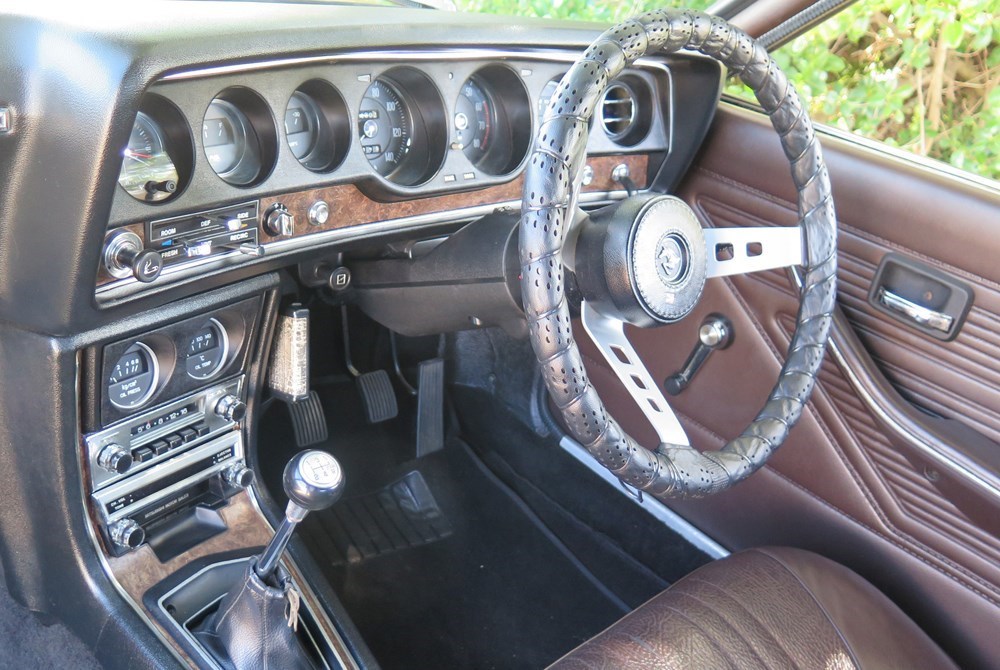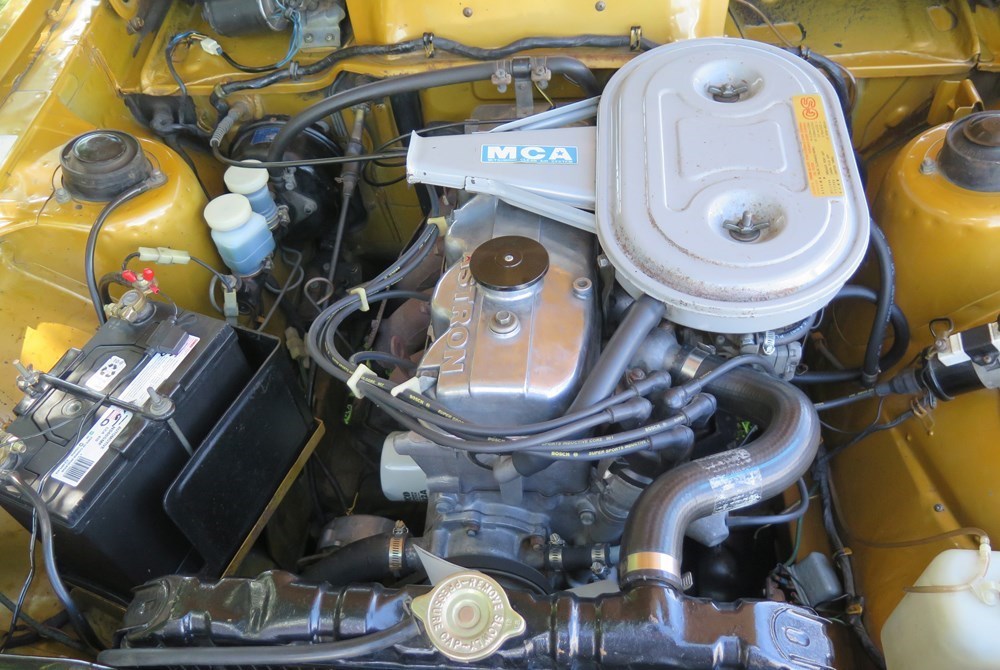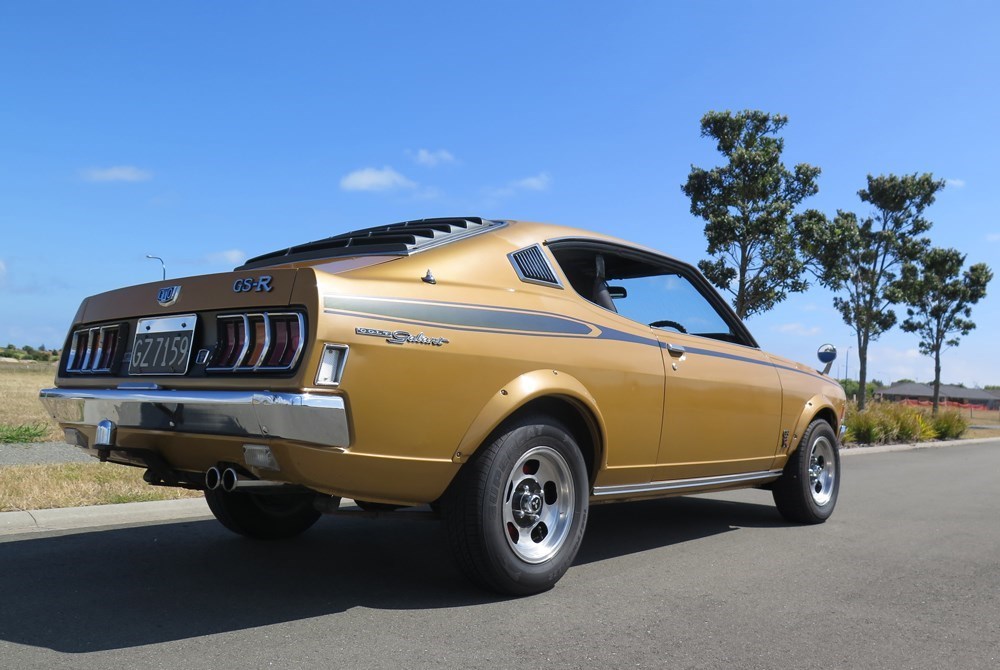The owner of this sporty 1973 GTO tells Jacqui Madelin his pride and joy has been subjected to 'racism towards a car'
Being a rabid collector of Japanese classic cars is obviously good for you: Michael Burgess seems ageless judging by his photo albums, in which he stands next to a series of handsome Japanese coupes with a series of petrolhead mates.
He's owned a few, including a Datsun 240K and a Starion Turbo, and this 1973 Mitsubishi Colt Galant GTO is his latest.
The nomenclature is a bit confusing to modern eyes as Colt is now a model.
Back then it was a brand, and this was something of a pricey performance car.
"In 1973 you could buy a Valiant Regal from Todd Motors for $3500, a big, six-cylinder family car.
But the GTOs were on the yard for $5000."
Borrowing American muscle-car cues like the ducktail rear, it was intended for the JCCA Grand Prix circuit until the OPEC oil embargo ended that series. The model was then used in rallying with some success.
Michael had wanted one since he was a teenager, when Galant GTOs, Ford Capris and hot Escorts were the cars to have.
His first car was a MkII Cortina, "which along with Mum's Hillman Imp put me off English cars".
His second was a 1973 Mitsubishi Colt 16L - "most of the GTOs I've owned have been from 1973."
How many has he owned?
"That go? About six. In total around 12, the rest for parts, or sold on."
He's had this car for 10 years, it's done 64,437 miles (103,700km) and has the original paint, the original decals and badges - including the Auckland Motor Co dealer badge - the original steering wheel with a period steering-wheel wrap, it even has the eight-track cassette player.

"It was a factory option, invented by the Lear Jet Corporation. They stopped making them in 1978, but you can get them on eBay or Trade Me."
The car has all the factory gauges and warning lights. The louvres are a period add-on from an Aussie company, and it has new water hoses and a new clutch.
It has disc brakes up front and drum rear, and a 2-litre four-cylinder engine with twin Solex carburettors that put out 91kW when new, via a five-speed manual "which in 1973 was pretty special".
The GTO could allegedly reach 200km/h when new, "quite easily, they're so light at only 900kg".

The 13-inch wheels are period-correct aftermarket alloys; the original steel rims are in storage.
He drives it about once a week, more in the summer, down to nearby Mt Maunganui with the family aboard, or pulling a small trailer to Coromandel, to Auckland or Taupo for car shows once or twice a year. "The kids, who are 14 and 11, don't mind the back, although it does get hot in summer with no air conditioning."
Soon we've segued into that old "what's a classic" conversation, sharpened by the fact that Japanese cars are increasingly old enough to be considered classics by any definition based on age.

But not by the diehards, whose only criteria are "desirable when new, marquee name and racing heritage".
"I've been turned away from shows because the GTO is Japanese. It's racism really, towards a car."

